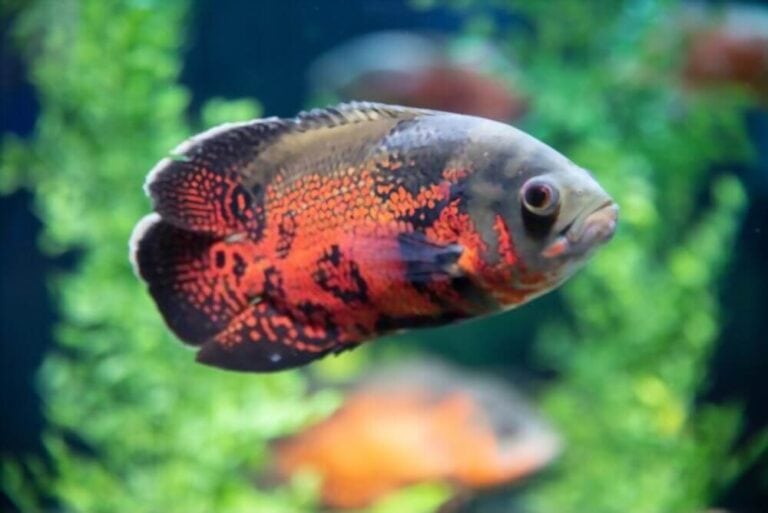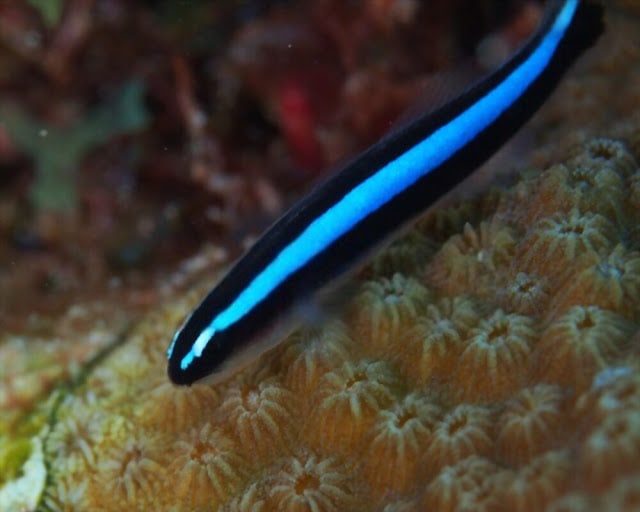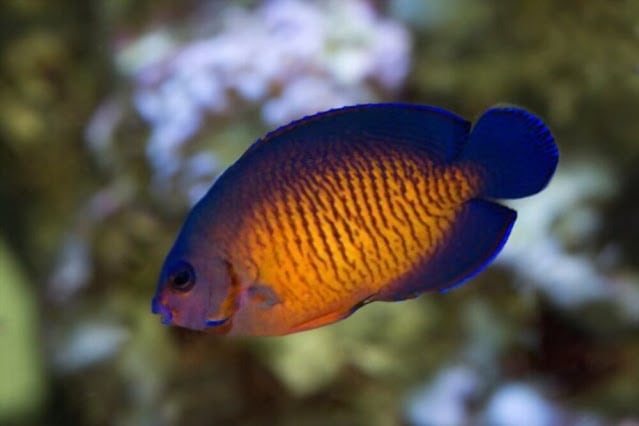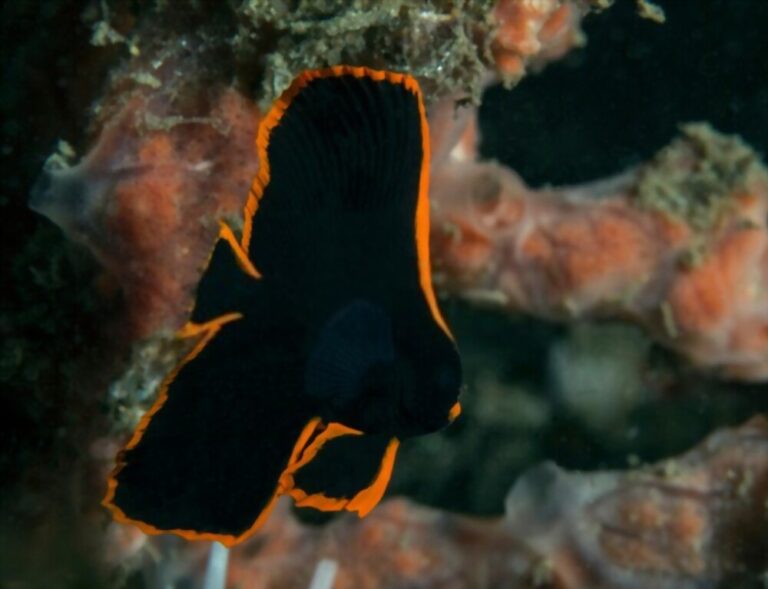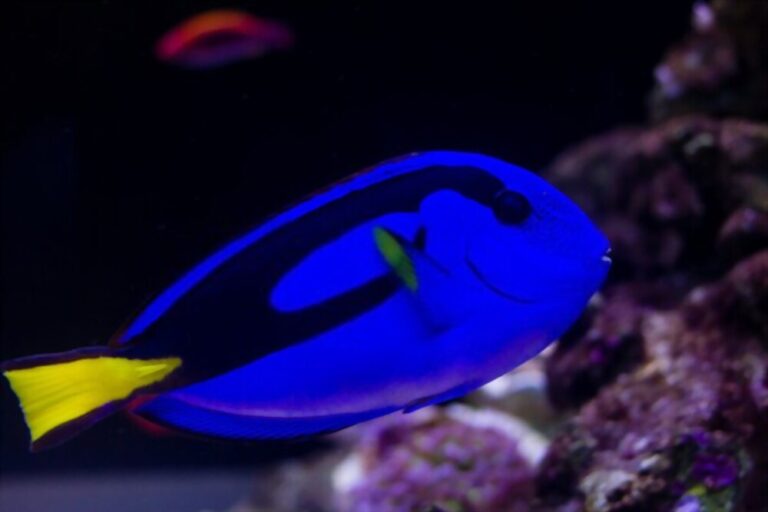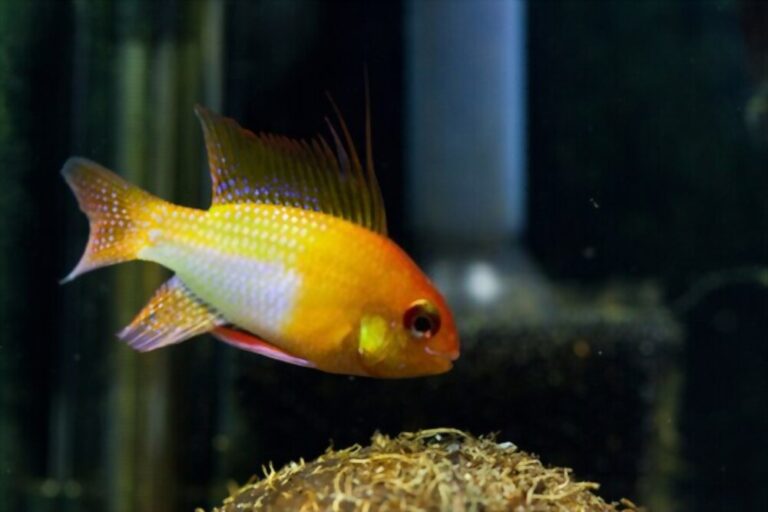Electric Blue Ram Care: Size, Lifespan, Food, Tank Mates & Requirements
Electric blue ram is one of the beautiful fishes which you can keep in your aquarium. They are also known as dwarf ram cichlids because of their body size.
Electric Blue Ram Size
They are nothing but just the color morphs of their wild-type cousin. The ram cichlid can grow up to a maximum of 2.5 inches long.
However, because of being captive-bred color morphs and having limited, bounded space in the tank, they attain an average length of 2 inches. If the tank is large and conditions are met properly, they can get a little longer.
Appearance
The physical features of this variety of ram cichlid are the same as its wild-caught cousin. However, the only difference arises in the coloration.
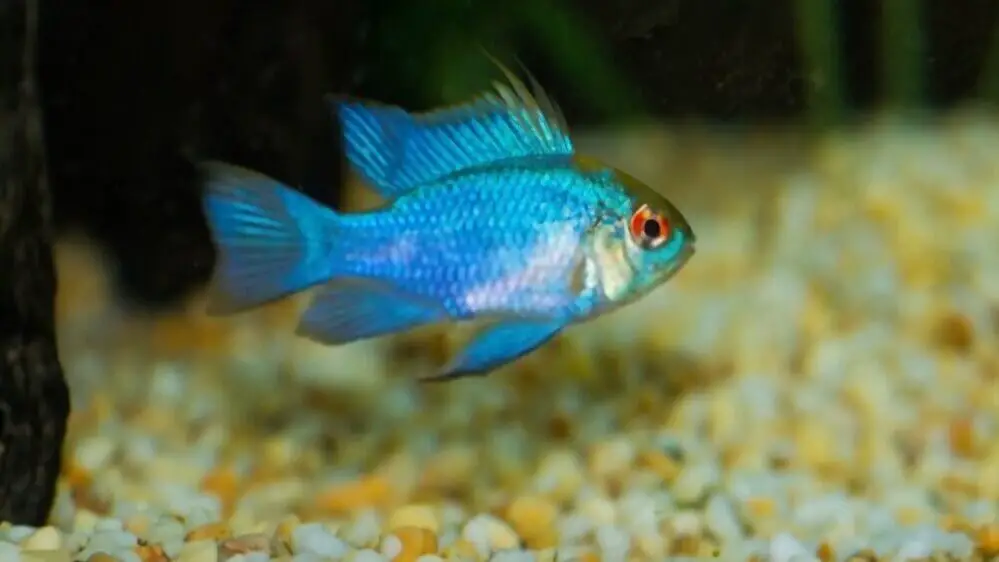
The electric blue ram is a radiantly blue-colored spectacular fish with patches of red around the eyes and orange-yellow along the front on the forehead, which captivates the viewers.
The ovoid body and long spiky fins give it a butterfly-like appearance. This is the reason that the common name also knows ram cichlids of Butterfly cichlids.
Electric Blue Ram Lifespan
The lifespan of the rams is not very long. Because of their small size and high metabolism, they metamorphose from juveniles to adults within a short time.
Types Of Ram Cichlids: List Of Most Popular Ram Cichlid Species
The maximum lifespan of an electric blue ram is 4 years. However, it is very less likely. On average, they live up to 2 to 3 years in the aquarium. But, if you maintain the aquarium conditions right, you can have a little more of this in your tank.
They are very sensitive to the water parameters, which directly affect their lifespan. One more thing that beginners need to know before purchasing an electric gold ram is that the fully-grown electric blue will not live as much as you expect them to live.
Because they might have lived half of their life in the aquarium shop, therefore, they should be bought as a 1-inch juvenile, and you can easily get to have this fish for a couple of years in your tank.
Electric Blue Ram Aggression
The electric blue rams are peaceful, just like other dwarf rams morphs. They make great additions to community tanks. It is better to keep them in groups of 5 or 6 rather than keeping a single specimen.
The ram cichlids in the wild also prefer to shoal in groups to avoid predators. They are peaceful towards other tank mates but might show aggression towards each other to establish social dominance. If the aquarium is large, you can have more in the group.
The males will, however, tend to pair up in the group. Once they established the pair, they will swim close to each other. At this point, they may get aggressive towards other group members out of a sense of protection for their partner.
Electric Blue Ram Care
Generally, the rams are considered hardy fishes and are encouraged to be housed by the beginners as well, but the electric blue ram is more sensitive than the color of its cousin morphs.
Gold Ram Cichlid: Care, Lifespan, Tank Mates, Behavior, and Requirements
It requires no other specialized care than strict water maintenance. They need efficient mechanical, biological, and chemical filtration of the tank water.
Moreover, the water changes every week at approximately 10% of the total water are highly recommended. It minimizes the accumulation of all the possible toxins. Canister filters are recommended for the tank housing electric blue rams.
Providing them crevices for hideouts is also an important part of caring for them because stress-free rams are healthy and happy rams.
Electric Blue Ram Food
The electric blue ram is omnivorous, which means it readily accepts meaty as well as herbaceous foods. Their wild relatives, ram cichlids, feed on various small organisms in the wild, including different insects, larvae, and other planktonic organisms.
You can have experienced food rejection by electric blue rams when first acquired, which is completely natural. The stress of being transferred to an entirely new surrounding finishes their appetite, and they seem to be hidden most of the time.
At this point, they should be targeted to be fed mosquito larvae. Once they get acclimated to the new environment, you can shift their diet to various live food and a finely chopped frozen diet.
Flakes, pellets, and other quality commercially prepared foods are also encouraged to blend with live and frozen foods. Feed them twice a day with the amount that can be finished within 2-3 minutes is just fine.
Electric Blue Ram Tank Size
Now let’s move on to the housing requirements for this astonishing fish. As mentioned previously, the electric blue rams are extra sensitive to the water parameters.
Now let’s relate this with the tank size. Smaller tanks are easy to get polluted. The decomposition of the leftover food quickly proliferates and pollutes the small-sized tank.
Thus the minimum recommended tank size to house a pair is 20 gallons, and just like that, you can increase the size accordingly with the number of specimens you are going to keep.
Electric Blue Ram Tank Mates
As far as the tank mates are concerned, these rams must not be housed with aggressive, semi-aggressive, or large carnivorous species, and this is pretty much obvious keeping their body size in mind.
The important part of this section is that the electric blue rams must be avoided to be kept with other dwarf cichlids as they tend to be aggressive with each other.
The ideal tank mates for them should have the following characteristics. They must be docile small, or same sized species and must not be quick enough to approach the food quicker than the electric blue rams.
Here is the list of few species which can be regarded as the best tank mates for electric blue rams.
Tank Mates List
- Neon tetra
- Discus
- Synodontis
- Glowing tetra
- Black Phantom tetra
- Dwarf rainbow
- Silver dollar
Temperature Requirements
The electric blue ram’s optimal temperature ranges between 78 to 85 degrees Fahrenheit, which must be maintained. This temperature range ensures regular metabolic activity as well as breeding. Usually, the upper limits of this temperature range are considered to be the best for spawning.
